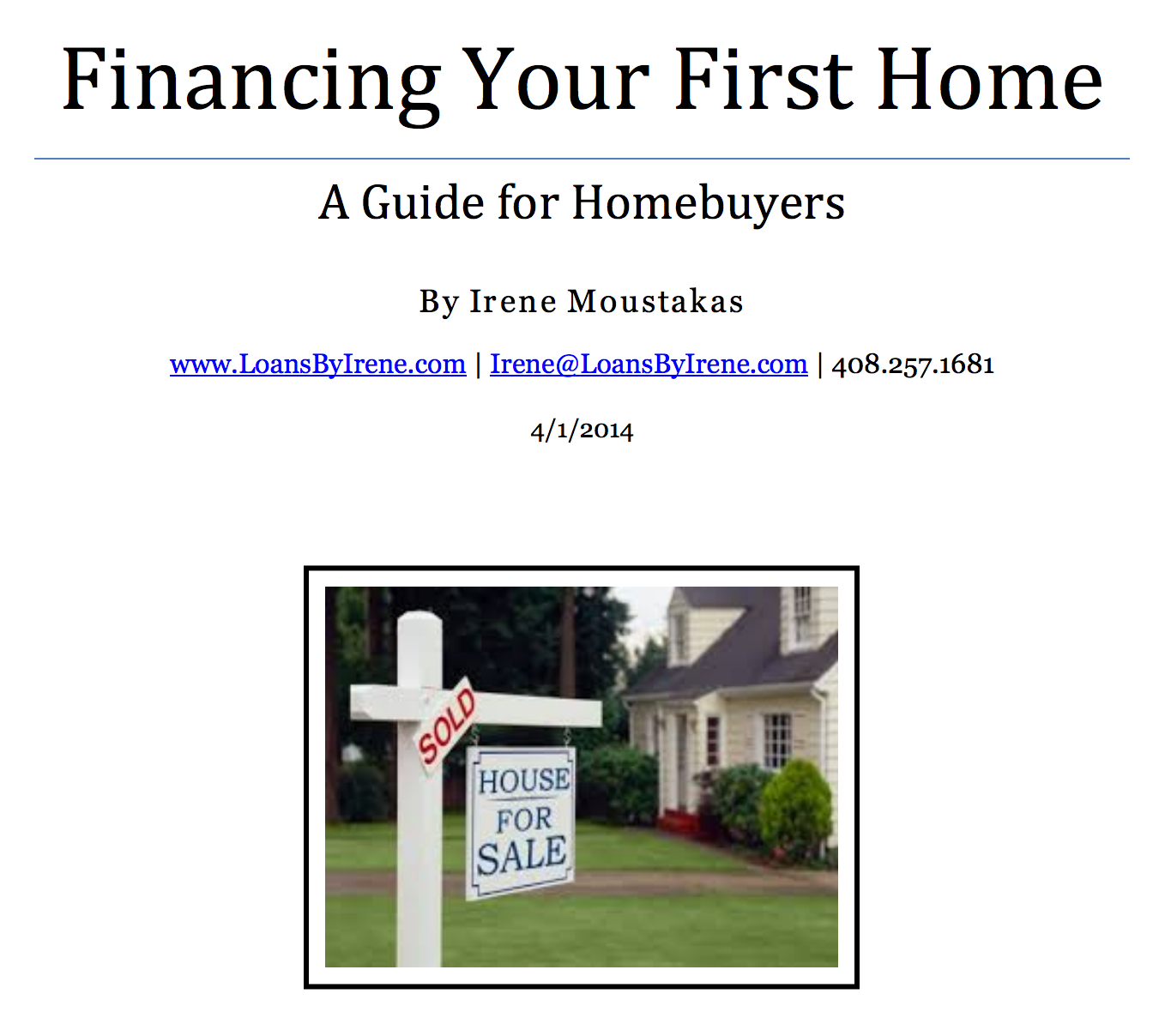I’ve been asked a few question about the use of paying points the past few weeks, so I’d like to comment on this a little bit.
Whether or not you should pay a point to buy down the interest rate takes both math and speculation. On average, 1 point buys down the interest rate by .25%, although this can vary, either for a larger or lesser spread in rate. 1 point is equal to 1% of the loan amount.
So let’s look at the “math” part of the dilemma, and I’ll just use a general interest rate quote, assuming that rates are 6.25% with no points and 6.0% if you decide to pay 1 point. $500k will be our loan amount.
- $500k Loan at 6.25%, zero points: Monthly payment = $3078.59
- $500k Loan at 6.00%, 1 point ($5000): Monthly payment = $2997.75
The upfront $5000 saves you $80.84 per month, but because you had to pay money to save money, we need to calculate $5000 divided by 80.84 = 61.9 months (5 years, 1.5 months) before you start seeing the *true* savings of having paid that point.
The speculation aspect of the dilemma is that, in this case, you would have to ask yourself if you think you’ll sell or refinance within 5 years and 1½ months. If you do sell or refinance and you paid that point to buy down the interest rate, then you’re essentially out on that $5000 you paid upfront.
But if you do not sell or refinance within that 5 year period, then the longer you keep the loan, the better off you’ll be and the more interest you’ll end up saving long-term. Sometimes it’s helpful for people to know that the average American holds onto a mortgage for 4-7 years.



This is great stuff! I’m learning a lot, so keep it coming!